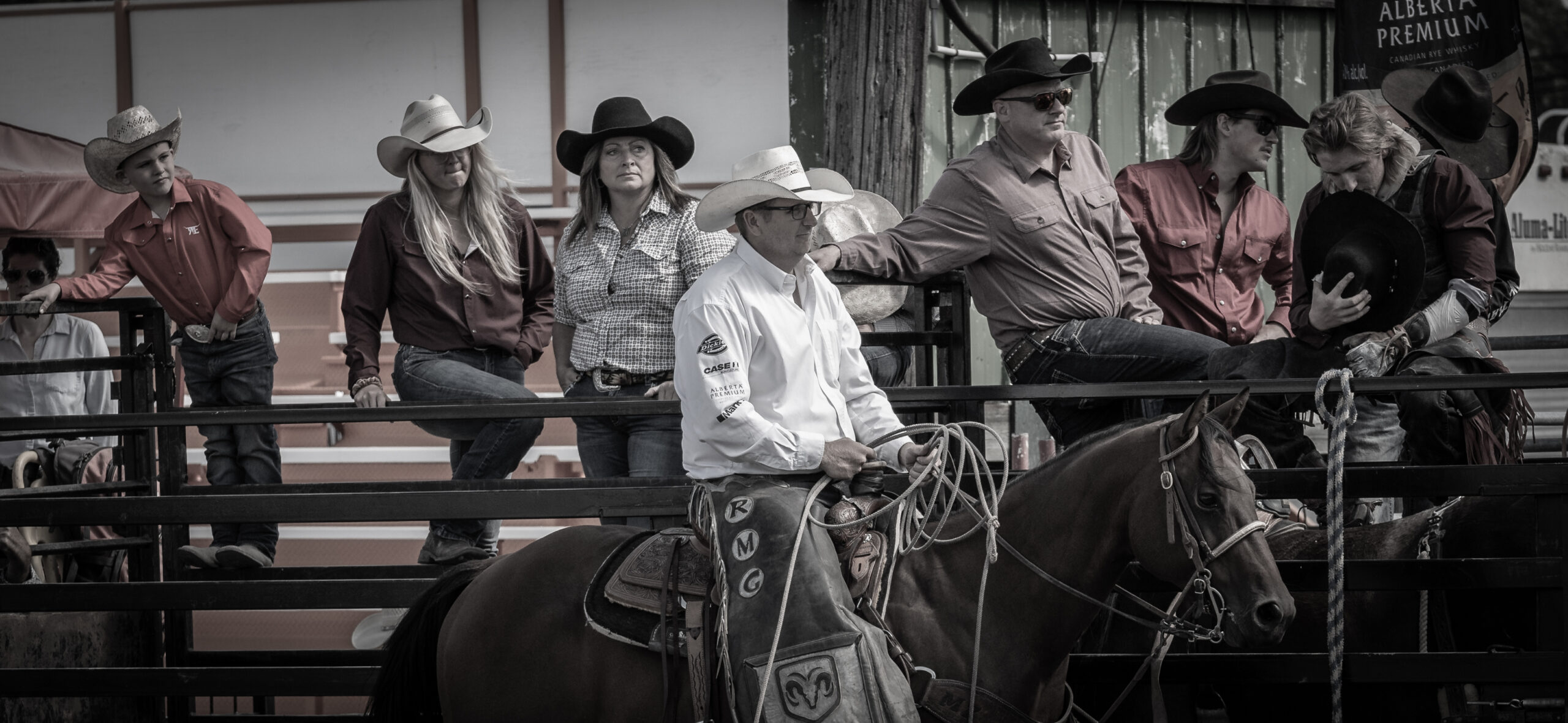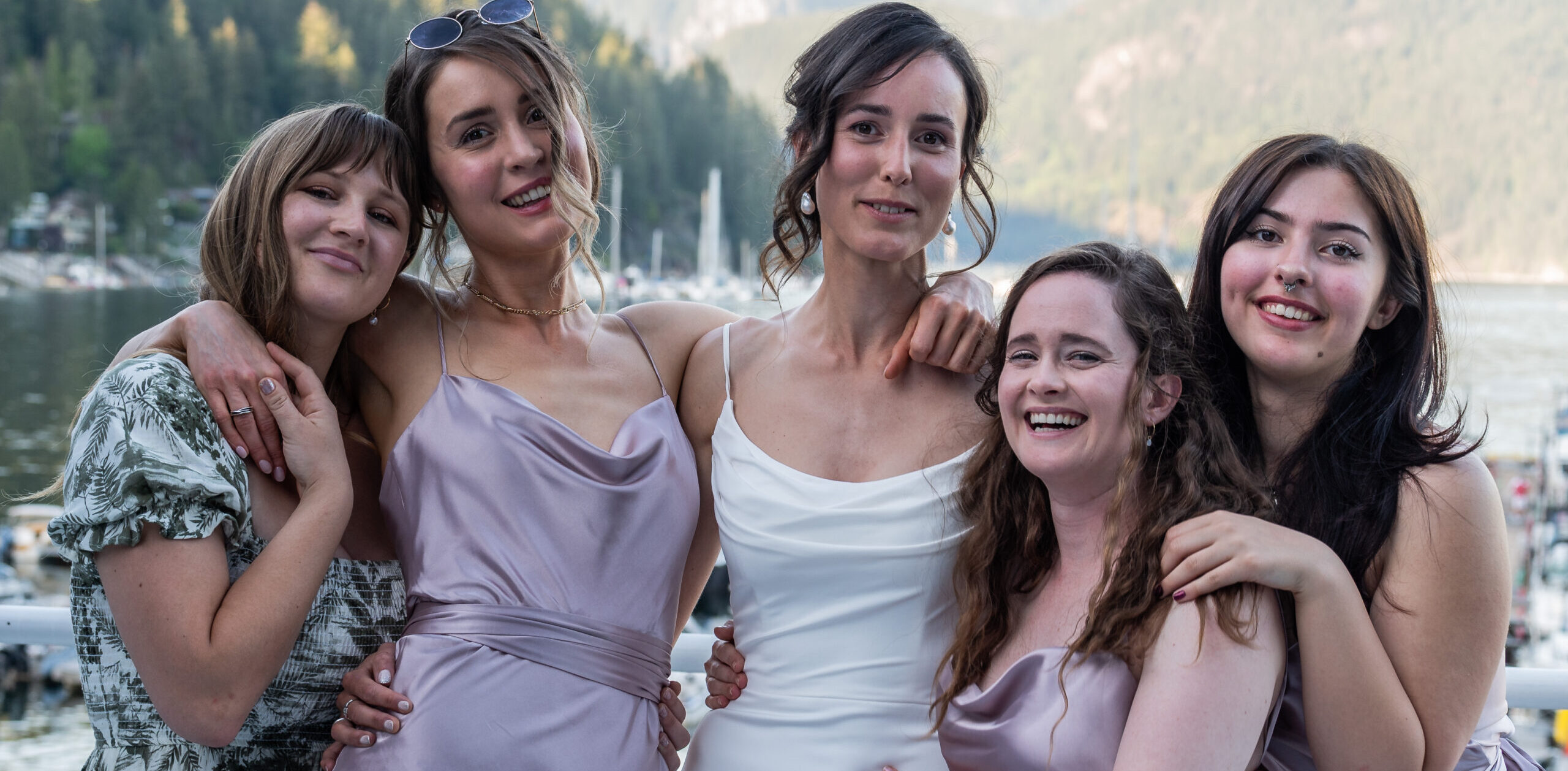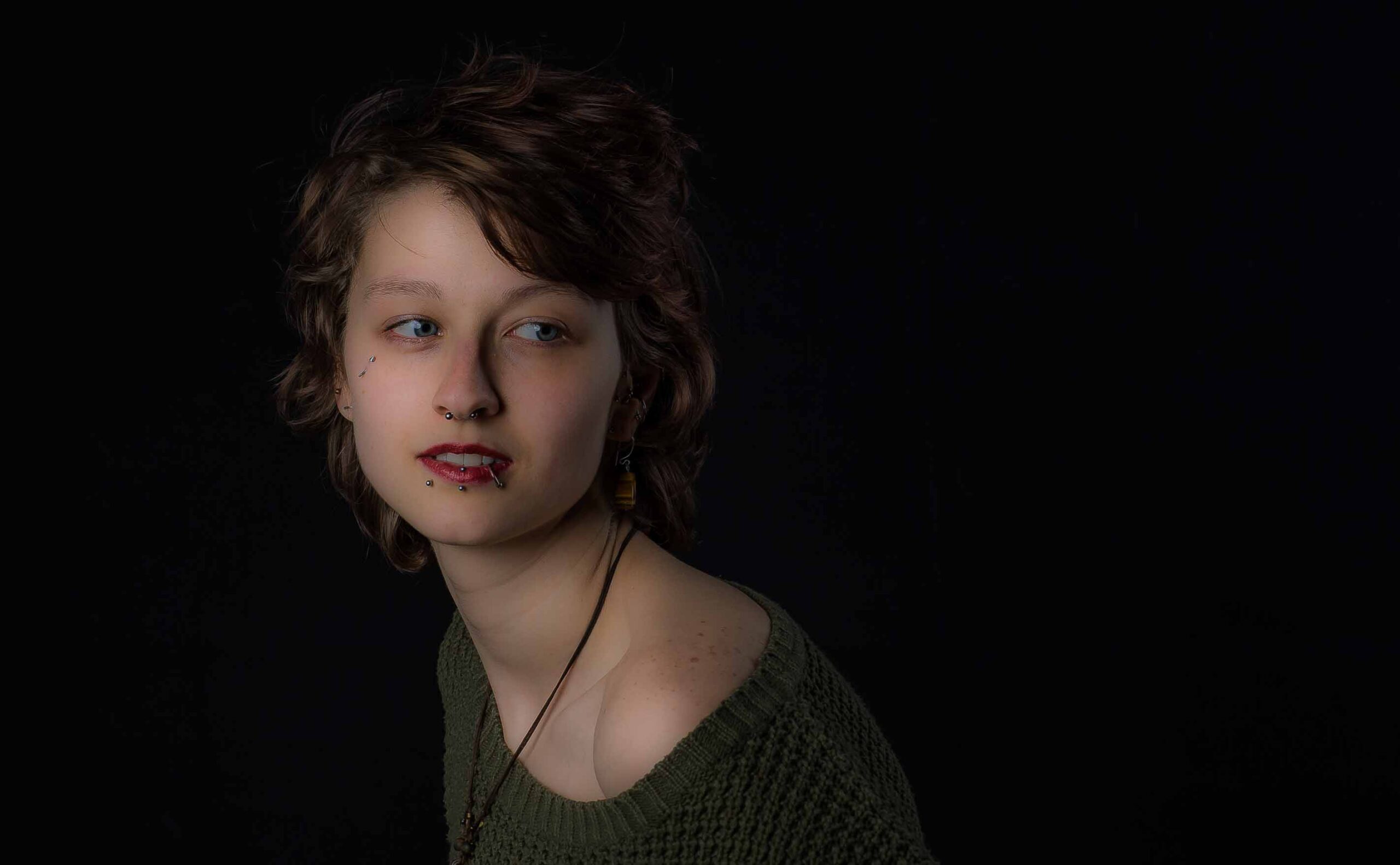Learning to Take Good Portraits
Learn The Rules
First of all, learn the rules really really well, then, and only then, allow yourself to break them.
There are technical aspects and then the artistic. The ‘technical’ part will take you a long way, if not most of the way. By 'rules' I mean there is lots to learn, your camera, your lighting, posing and it helps to know people a bit, as well. Learn as you do.
- Learn a few basic operations with your camera. Practice on inanimate objects around you while varying the speed and aperture. If you are very new to

Window light front and back
this part, check out this article on Basics.
- Imitate others. Start with some simple portraits. Find some people photos that you like on Pinterest or somewhere. Again, keep it simple to start. Simple outdoor portraits. Walk before you fly. Find a friend that is a willing guinea pig. Find a shady spot outside. You want soft light. But you want enough light, so do this outside. Try and duplicate the pose, lighting etc of one or two of the photos that you found on Pinterest. (Make sure that you are not trying to emulate fancy studio lighting.) Pick simple outdoor photos to copy.
- Focus. Focus on the eyes. One or the other. Something about the eyes and the soul Focus, then reframe. Set your ISO for the ambient light and as you are shooting photos of your friend, vary your aperture and speed. Try different poses. Photograph them from different heights and angle. Take these photos back and go look at them on your computer and compare to each other and the ones you were trying to emulate. Oh yeah, try and have a little fun while you are doing it.
- Review your photos.
- Read through any materials that you have studied to see if you missed anything. Watch a couple videos. Try this one. Keep it simple. If you get the basics down really, really well, you will be able to do pretty much anything with a camera.
- The better you are technically, the better you will be artistically.
- Pick another friend and go through this again.
- And again. If you don’t have enough friends, go make some more. There are tons of people who like having their photos taken.
- Some simple rules. Watch your background. Best not to have telephone poles sticking out of the top of the subject’s head. Try and keep backgrounds simple, not noisy. This leads to the next: You will likely want your subject to fill most of the frame. Having Aunt Millie fairly unrecognizable in front of Niagara

Mid Afternoon Sun in the Shade
Falls because she is so small in comparison, is not a portrait that is going to communicate.
- Watch some videos by Peter Hurley: “Turtling the Head - The Jaw” and the “Squinch”. You can watch here on my website or find him on Youtube. This will help hugely with simple posing for headshots.
- Survey. Constantly ask people what they want or need the photos for. Or what they want out of the photos. An image for LinkedIn or another social media platform? Just to have some nice photos. Is their agency requesting a portrait/headshot? If so, what does the agency look for in an image?
- Take a LOT of photos. Make sure you are consistently shooting. Between shoots, always work on learning. Whether it be more about your camera or posing or …
- Lightroom. This is very important. Knowing some basics in Lightroom will take your photos up several notches. Again start simple. There is a ton to learn in this application but the basics are pretty straightforward.
- Don’t spend all your time learning. The important thing is to shoot, shoot, shoot. Fit the learning in between times. Not the other way around. The more you photograph people the more comfortable and confident you will become.
- Make sure you are photographing someone, somewhere regularly.
- Once you’ve got a handle on your camera basics, try varying the light that lands on your subject. Partial shade on the face. Shoot with majority of the light behind the subject, to the side, etc.
- Once you have practiced the above, try using a reflector. You can get a round Westcott reflector for around $50. Black, white, silver and gold. Gives you a number of ways to modify light without a great deal of expense. You can use this quite effectively with window light inside as well.
- Art has a whole lot to do with communication. In an aesthetic way. That’s where eliciting emotion from your subject can come in. I’ll often get someone

Late Afternoon Sun in Tree Shade
to try different emotions, fear, anger, boredom and others. Gets them to loosen up and can create some more interesting photos.
- Tricks. There are hundreds of tricks to get one or a bunch of people to look or be a little less stiff. Outside with a family or a group, they are all standing stiff at attention. I’ll get them all to crouch down. This usually gets them all off balance and they pay more attention and look way more relaxed in the photograph.
- Learn the basics and keep it simple to start. Some of the best photographers that you will ever find use very simple poses and lighting: Yousuf Karsh, George Hurrell, Arnold Newman, Richard Avedon, Herb Ritts, Annie Leibovitz and Peter Lindbergh to name a few.
- Never stop learning and never stop having fun.






























